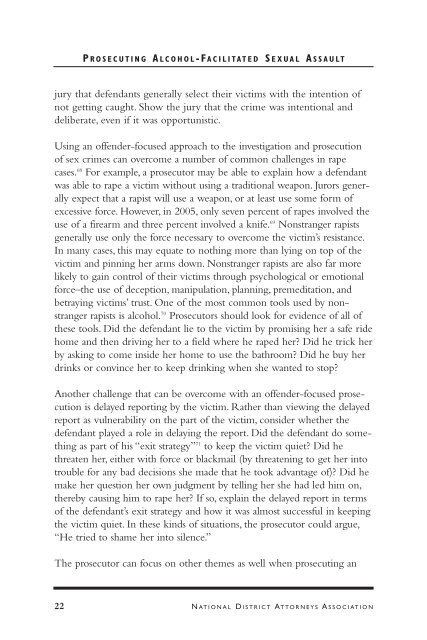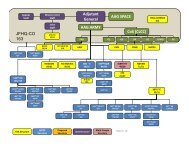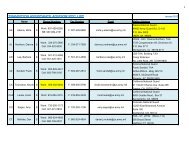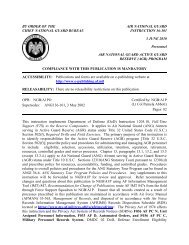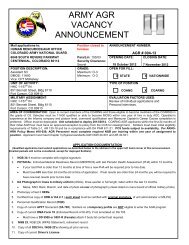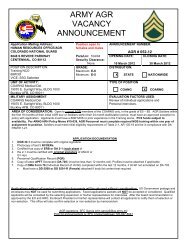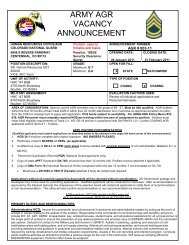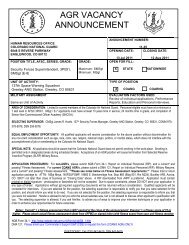Prosecuting Alcohol-Facilitated Sexual Assault - National District ...
Prosecuting Alcohol-Facilitated Sexual Assault - National District ...
Prosecuting Alcohol-Facilitated Sexual Assault - National District ...
You also want an ePaper? Increase the reach of your titles
YUMPU automatically turns print PDFs into web optimized ePapers that Google loves.
P R OSECUTING A LCOHOL-FACILITATED S EXUAL A SSAULT<br />
jury that defendants generally select their victims with the intention of<br />
not getting caught. Show the jury that the crime was intentional and<br />
deliberate, even if it was opportunistic.<br />
Using an offender-focused approach to the investigation and prosecution<br />
of sex crimes can overcome a number of common challenges in rape<br />
cases. 68 For example, a prosecutor may be able to explain how a defendant<br />
was able to rape a victim without using a traditional weapon. Jurors generally<br />
expect that a rapist will use a weapon, or at least use some form of<br />
excessive force. However, in 2005, only seven percent of rapes involved the<br />
use of a firearm and three percent involved a knife. 69 Nonstranger rapists<br />
generally use only the force necessary to overcome the victim’s resistance.<br />
In many cases, this may equate to nothing more than lying on top of the<br />
victim and pinning her arms down. Nonstranger rapists are also far more<br />
likely to gain control of their victims through psychological or emotional<br />
force–the use of deception, manipulation, planning, premeditation, and<br />
betraying victims’ trust. One of the most common tools used by nonstranger<br />
rapists is alcohol. 70 Prosecutors should look for evidence of all of<br />
these tools. Did the defendant lie to the victim by promising her a safe ride<br />
home and then driving her to a field where he raped her? Did he trick her<br />
by asking to come inside her home to use the bathroom? Did he buy her<br />
drinks or convince her to keep drinking when she wanted to stop?<br />
Another challenge that can be overcome with an offender-focused prosecution<br />
is delayed reporting by the victim. Rather than viewing the delayed<br />
report as vulnerability on the part of the victim, consider whether the<br />
defendant played a role in delaying the report. Did the defendant do something<br />
as part of his “exit strategy” 71 to keep the victim quiet? Did he<br />
threaten her, either with force or blackmail (by threatening to get her into<br />
trouble for any bad decisions she made that he took advantage of)? Did he<br />
make her question her own judgment by telling her she had led him on,<br />
thereby causing him to rape her? If so, explain the delayed report in terms<br />
of the defendant’s exit strategy and how it was almost successful in keeping<br />
the victim quiet. In these kinds of situations, the prosecutor could argue,<br />
“He tried to shame her into silence.”<br />
The prosecutor can focus on other themes as well when prosecuting an<br />
22 N ATIONAL D ISTRICT ATTORNEYS A SSOCIATION


